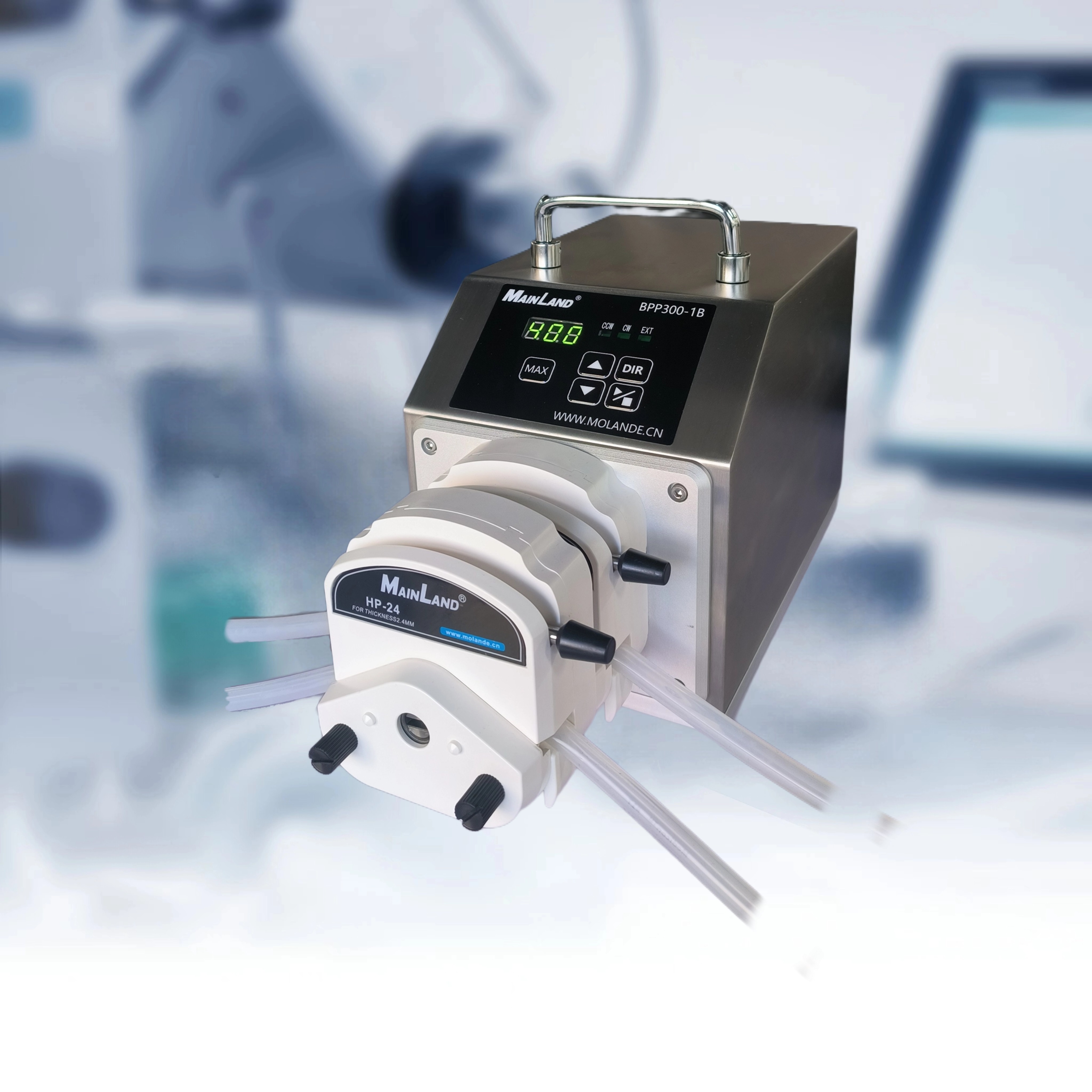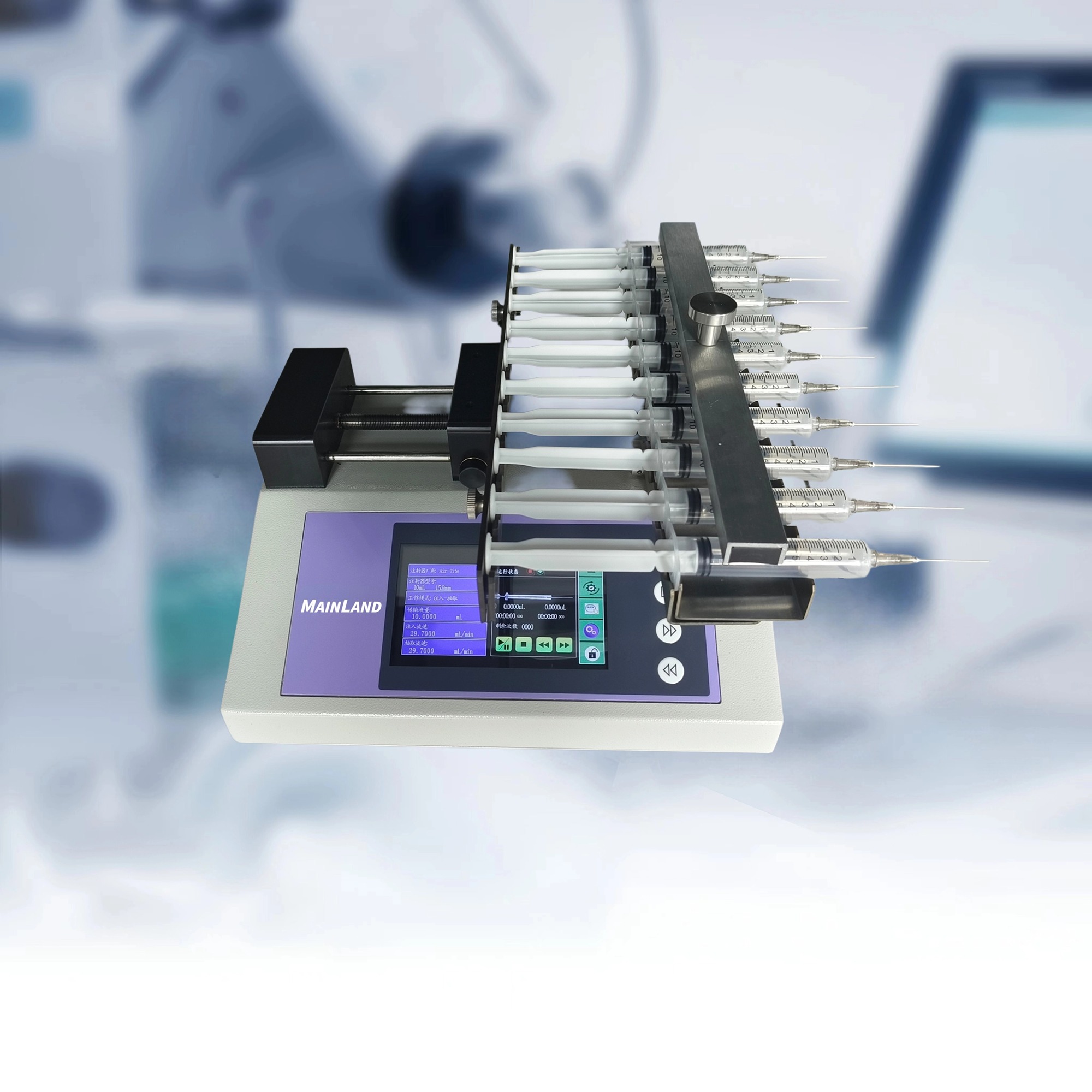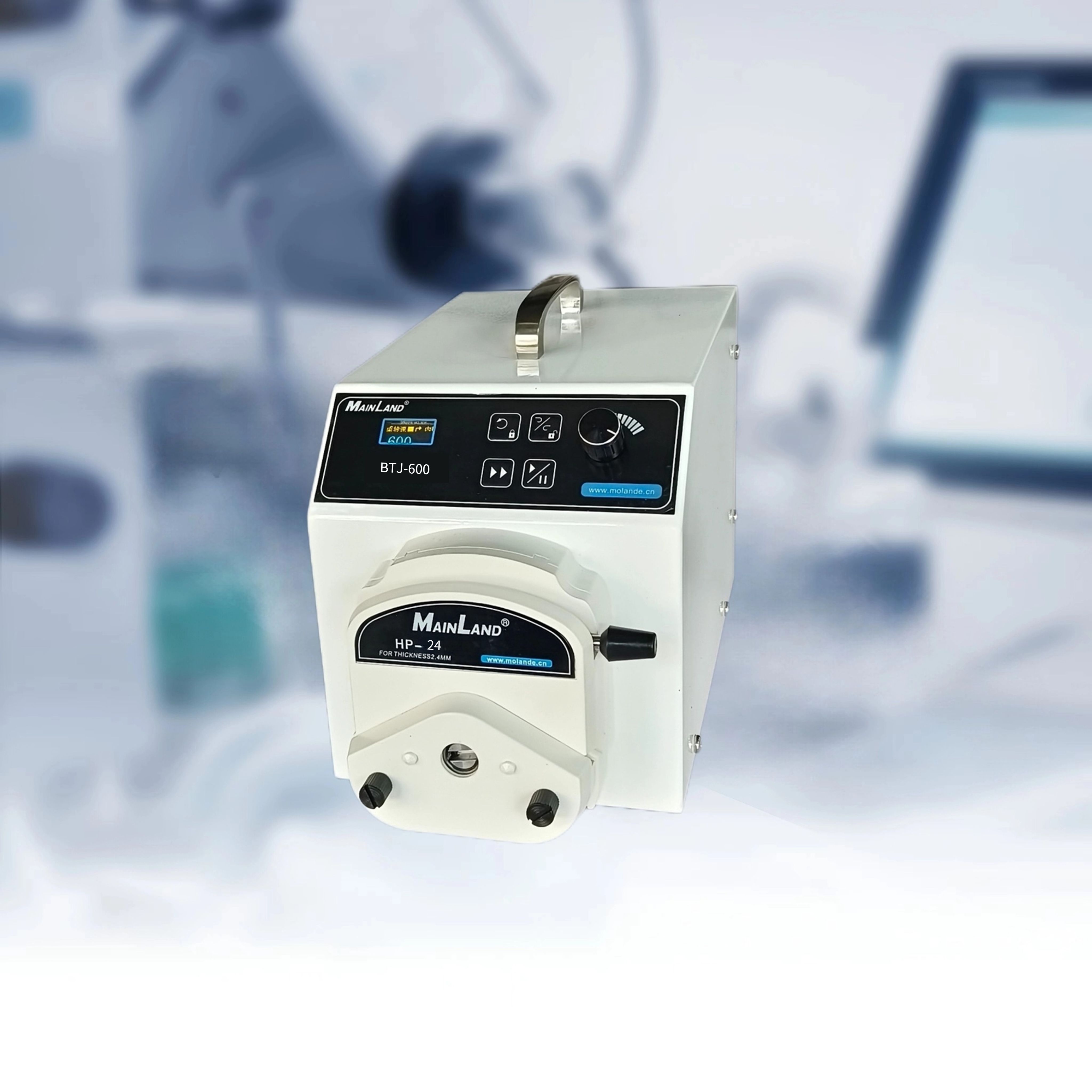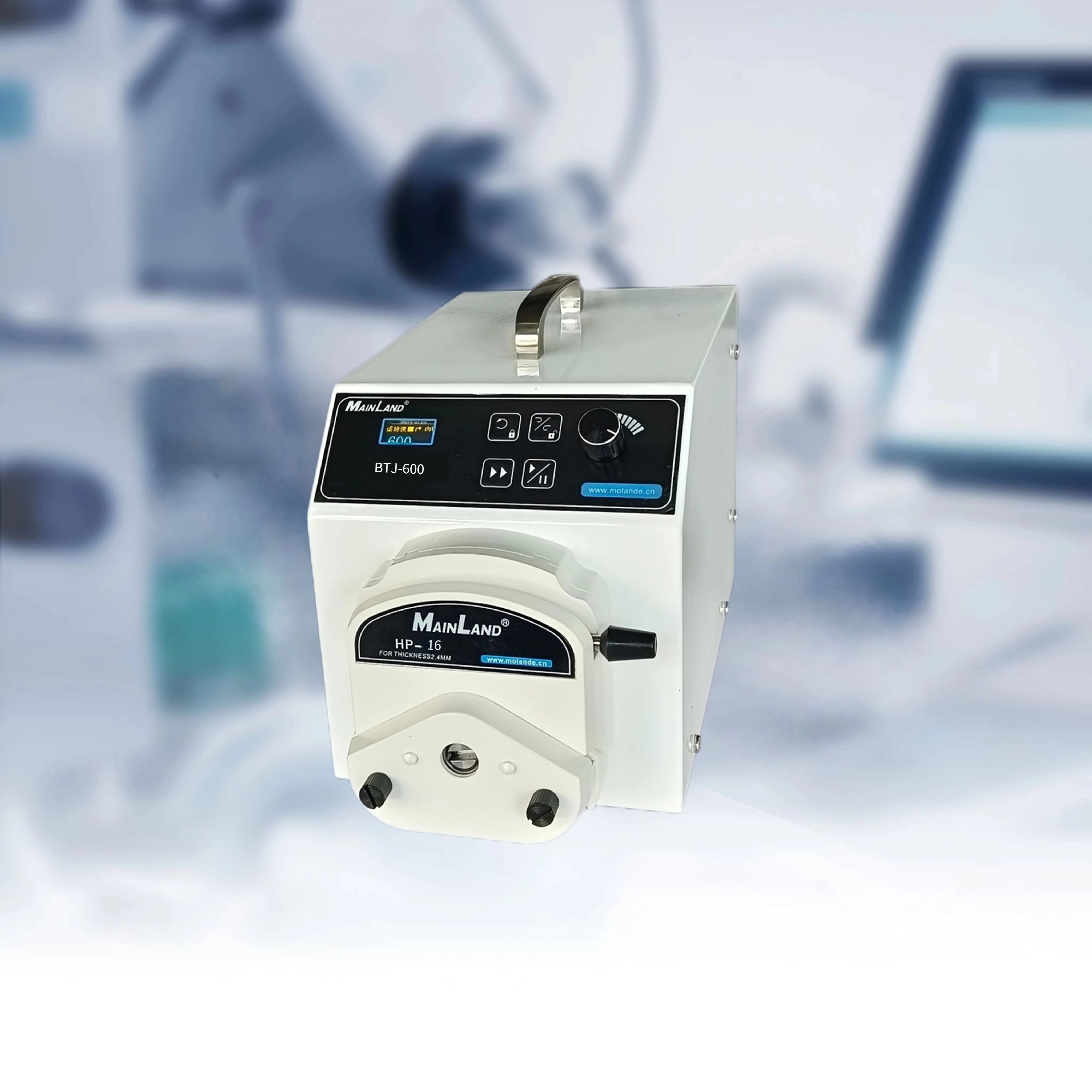
Industry Introduction
The application of peristaltic pumps in laboratory research, especially in university laboratories, can be described as very extensive. This includes cell tissue transportation, specimen decolorization, perfusion, liquid chromatography analysis, and acidic or alkaline solution transportation. As long as fluid distribution, sampling, metering, filtration, fermentation, etc. are involved, peristaltic pumps may be used as power to achieve precise fluid transmission and processing operations during the experimental process.
Significant features
The prominent feature of peristaltic pumps is the use of pump pipes as pump chambers. The fluid only flows through the pump pipe without contaminating the pump body, and the pump pipe also does not contaminate the fluid. When cleaning, only the pump tube needs to be replaced. This eliminates the high cost of disassembly and maintenance time.
The selection of peristaltic pump is also very simple, just select the pump head, pump pipe, and driving part. In addition, it has the advantages of low cost, sustainable and constant operation, low noise, low shear force, simple maintenance, cleanliness and hygiene, multi-channel simultaneous transmission without cross infection, and good corrosion resistance, making it a very convenient and durable fluid transmission equipment in the field of laboratory research.
Application Cases
1. In vitro cardiac perfusion experiment
This is a system for conducting in vitro cardiac perfusion experiments. In vitro cardiac perfusion experiment, animal hearts are taken out and connected to a specific perfusion device. Constant flow perfusion is performed using a peristaltic pump, excluding control of nerves and body fluids. In conjunction with special analysis software, ventricular pressure, arterial blood pressure, and electrocardiogram signals are recorded, and various physiological parameters are automatically analyzed for research on cardiac function and hemodynamic changes in pathophysiological conditions It has been widely applied in the research of pathophysiology and pharmacology.
2. Quantitative feeding of glass reaction kettle
Acid alkali resistant glass lined reaction kettle is a composite material product made by lining glass containing high silica on the inner surface of a steel container, and firmly adhering to the metal surface after high-temperature burning. It has the dual advantages of glass stability and metal strength, making it an excellent corrosion resistant equipment. It has been widely used in industries such as chemical, petroleum, pharmaceuticals, pesticides, and food. The dual channel peristaltic pump continuously and steadily drips liquid in, without cross contamination of acid and alkali solutions.
3. Quantitative addition of eluent on glass chromatography column
Chromatography is the abbreviation for "chromatography analysis". A method for separating and determining multi-component mixtures by utilizing the different physical properties of each component. The practical application is to use the peristaltic pump as a low-pressure pump, with a similar effect to a pressurized ball, replacing manual continuous pumping of eluent. The slight vibration of the peristaltic pump will not affect the chromatographic separation. Laboratory ultrafiltration is similar to this.










 Home
Home Tel
Tel Product
Product